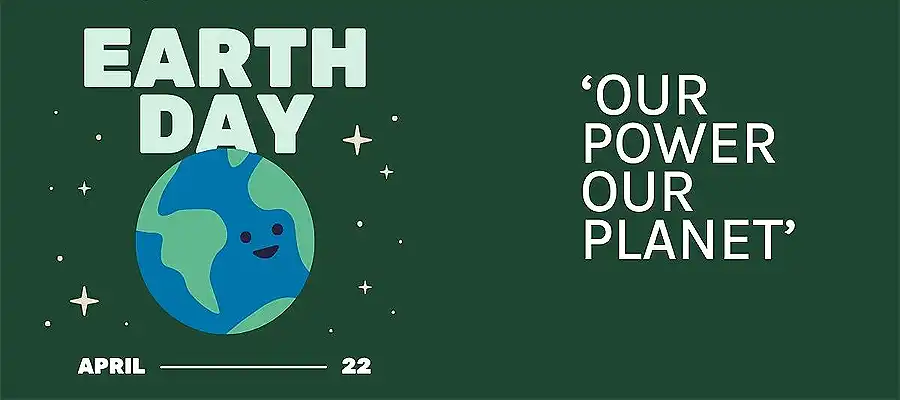As Earth Day 2025 begins, the message arrives with a force: “Our Power, Our Planet.” It comes with a big sense of urgency and purpose. Having said that, it is not just a mere slogan; it's a bold call for action this time. EarthDay.org calls for a global push to triple renewable energy capacity by 2030. The campaign urges world leaders to act now and act faster. Investing in clean energy will cut carbon emissions and prevent environmental disasters before the century ends (if it goes well, it is what is expected). But the real question still lingers: Are we any better prepared?
The 100-year challenge: Climate projections
According to the IPCC’s Sixth Assessment Report, global temperatures could rise above 2°C by 2100 if emissions aren’t reduced. This level of warming may lead to fatal impacts, such as more intense hurricanes, extended droughts, and the permanent extinction of myriad plant and animal species across the planet. Therefore, catastrophe is just about to arrive.
Renewable energy: A beacon of hope
This piece of information is true optimism in disguise. Even with looming climate risks, clean energy is on the rise. Vox reports that since 2010, U.S. wind capacity has tripled, and solar power has surged eightfold. This rapid growth is driven by falling installation costs and smarter, more efficient renewable technologies entering the market at a record pace.
According to Sustainability Magazine, China is all set to lead nearly 60% of the global renewable energy projects by 2030, with a strong focus on solar power. Now, this cements China at the forefront of the world’s transition toward cleaner, more sustainable energy sources.
The UK and Brazil have launched a major climate partnership—the Global Clean Power Alliance—aimed at tripling global renewable energy capacity and boosting energy efficiency. According to Gov.uk, this new coalition is considered one of the most ambitious international climate efforts since the landmark signing of the Paris Agreement in 2015.
Empowering local communities and individuals
It is often something you would hear daily but hardly register; the real climate action starts at home. (It does!). Kiplinger’s guide suggests that individuals can slash their carbon footprints by making small lifestyle changes, like switching to LED bulbs, conserving water, and using solar panels or efficient appliances. Everyday habits, such as planting trees or choosing public transit over driving, can also make a lasting difference in protecting the planet’s future.
